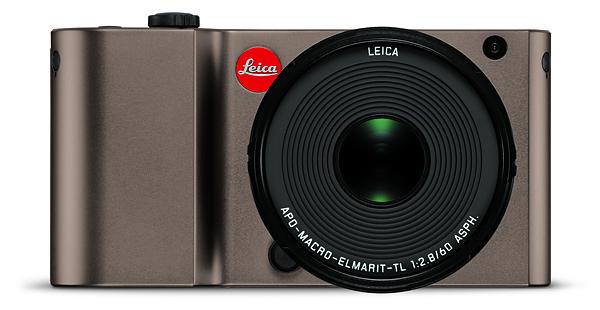Ron Leach
|
Nov 09, 2016
|
Nov 08, 2016
|
Nov 08, 2016
|
Nov 08, 2016
|
Nov 07, 2016
|
Nov 07, 2016
|
Nov 07, 2016
|
Nov 04, 2016
|
Nov 04, 2016











